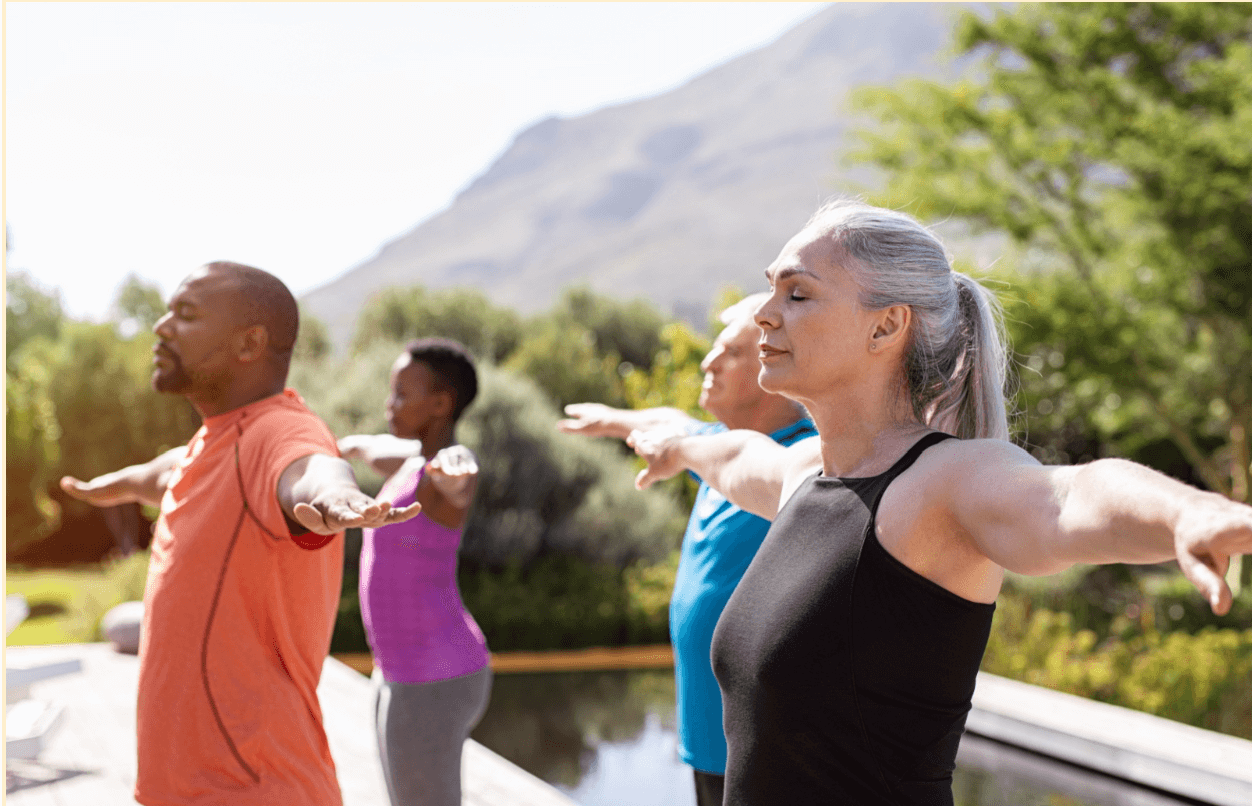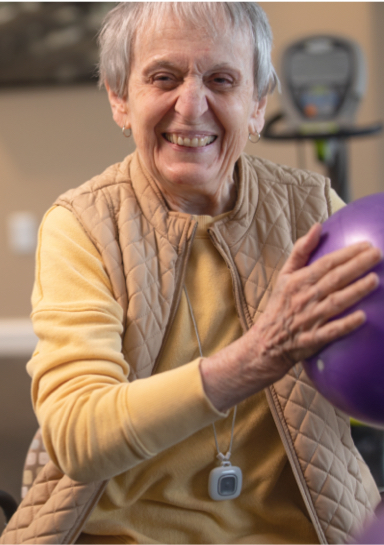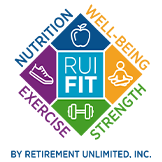Good posture isn’t just about standing up straight—it’s a cornerstone of overall well-being, especially for older adults. As we age, maintaining proper body alignment can significantly improve balance, ease back discomfort, and enhance everyday mobility. The right posture exercises can support independence, reduce the risk of falls, and boost confidence in movement.
Whether you’re an older adult looking to stay active or a caregiver helping a loved one maintain their strength, this guide offers six safe and effective posture exercises designed specifically with seniors in mind. These include shoulder blade squeezes, wall angels, seated twists, hip flexor stretches, planks (with modifications), and chest opener stretches. We’ll walk through each movement step-by-step, along with helpful safety tips to ensure a comfortable and beneficial routine.
Why Posture Matters in Your Senior Years
Maintaining good posture plays a major role in how we move, feel, and function as we grow older. Poor posture can place added stress on joints, muscles, and ligaments, potentially leading to discomfort, instability, or limited mobility. Fortunately, regular posture-focused exercises can help counteract those challenges.
Key Benefits of Posture Exercises for Seniors:
- Improved balance: Good posture enhances body awareness and coordination, reducing the risk of falls.
- Reduced pain and discomfort: Strengthening and stretching targeted muscle groups helps ease back, neck, and joint strain from poor alignment.
- Increased flexibility and mobility: Maintaining flexibility allows for smoother, more confident movement in daily life.
- Better energy and mood: Standing and sitting tall can also promote better breathing and circulation—boosting energy levels and mood.
Let’s dive into six exercises that support better posture and a more active lifestyle.
6 Posture Exercises for Older Adults
1. Shoulder Blade Squeezes
This simple move strengthens the upper back and encourages upright posture, especially for those who spend time sitting.
How to Do It:
- Sit or stand tall with relaxed shoulders.
- Slowly squeeze your shoulder blades together, imagining you’re holding a pencil between them.
- Hold the squeeze for 5 seconds, then release.
- Repeat 10 times.
Pro Tip: This is a great exercise to do while watching TV, reading, or relaxing on a park bench.
2. Wall Angels
Wall angels gently open up the chest and shoulders, which often become rounded with age or prolonged sitting.
How to Do It:
- Stand with your back flat against a wall and feet shoulder-width apart.
- Raise your arms to form a 90-degree angle, pressing elbows and hands lightly into the wall.
- Slowly raise your arms overhead into a “Y” shape, then return to the start of the motion.
- Repeat 10 times.
Modification: If it’s difficult to keep your arms or back against the wall, step slightly forward and build up flexibility over time.
3. Seated Twists
This gentle twisting motion helps improve spinal flexibility and range of motion.
How to Do It:
- Sit in a sturdy chair with your feet flat on the floor.
- Place your left hand on your right knee and your right hand behind you on the chair.
- Gently twist your torso to the right and look over your shoulder.
- Hold for 5 seconds, then return to center.
- Repeat on the other side for 5 reps each.
Note: Keep movements smooth and controlled. Avoid forcing the twist if you feel tightness or discomfort.
4. Hip Flexor Stretch
Tight hip flexors from long periods of sitting can lead to pelvic misalignment and back strain.
How to Do It:
- Stand upright with feet hip-width apart.
- Step your right foot back into a gentle lunge, keeping your left knee bent.
- Push your hips slightly forward until you feel a stretch in the front of your right hip.
- Hold for 15–30 seconds, then switch sides.
- Repeat 3 times per leg.
Safety Tip: Hold onto a chair or wall for extra support and balance.
5. Plank (With Modifications)
Planks help strengthen the core, supporting good posture and protecting the lower back.
How to Do It:
- Lie face down on a soft mat.
- Prop yourself up on your forearms and toes, keeping a straight line from head to heels.
- Hold for 10–20 seconds, or as long as comfortable.
- Rest, then repeat 3 times.
Modifications:
- For less intensity, drop to your knees.
- Or, try a standing wall plank: Place your forearms against the wall, walk your feet back slightly, and hold your body in a straight line.
6. Chest Opener Stretch
This stretch counteracts slouched shoulders and helps lengthen tight chest muscles.
How to Do It:
- Stand or sit tall.
- Clasp your hands behind your back and gently pull your shoulders down and back.
- Lift your chest slightly as you stretch the front of your shoulders and chest.
- Hold for 15–30 seconds.
- Repeat 2–3 times.
Tip: You can also use a towel or strap between your hands if you have limited flexibility.

Safe Exercise Tips for Seniors
To get the most benefit from posture exercises, keep these safety tips in mind:
- Start slow: Focus on quality over quantity. Begin with fewer reps and work your way up.
- Use support when needed: Don’t hesitate to use chairs, walls, or props for balance.
- Stay consistent: Aim to practice these exercises 3–5 times per week.
- Listen to your body: Never push through pain. Discomfort is a sign to ease up or modify the movement.
- Ask for help: Consider working with a physical therapist or trained caregiver if you need extra guidance.
Stay Strong, Stand Tall, Live Well
Good posture is one of the most powerful tools older adults can use to maintain their independence and vitality. These six exercises are easy to incorporate into your daily routine and require little to no equipment. With consistency, you’ll likely feel stronger, move more confidently, and experience fewer aches and pains.
Want to see how a supportive community can help you stay active and energized?
Schedule a tour at Woodland Hills in Roanoke, VA, where wellness is part of daily life. From personalized fitness programs to group classes and compassionate care, we’re here to help you thrive every step of the way.














